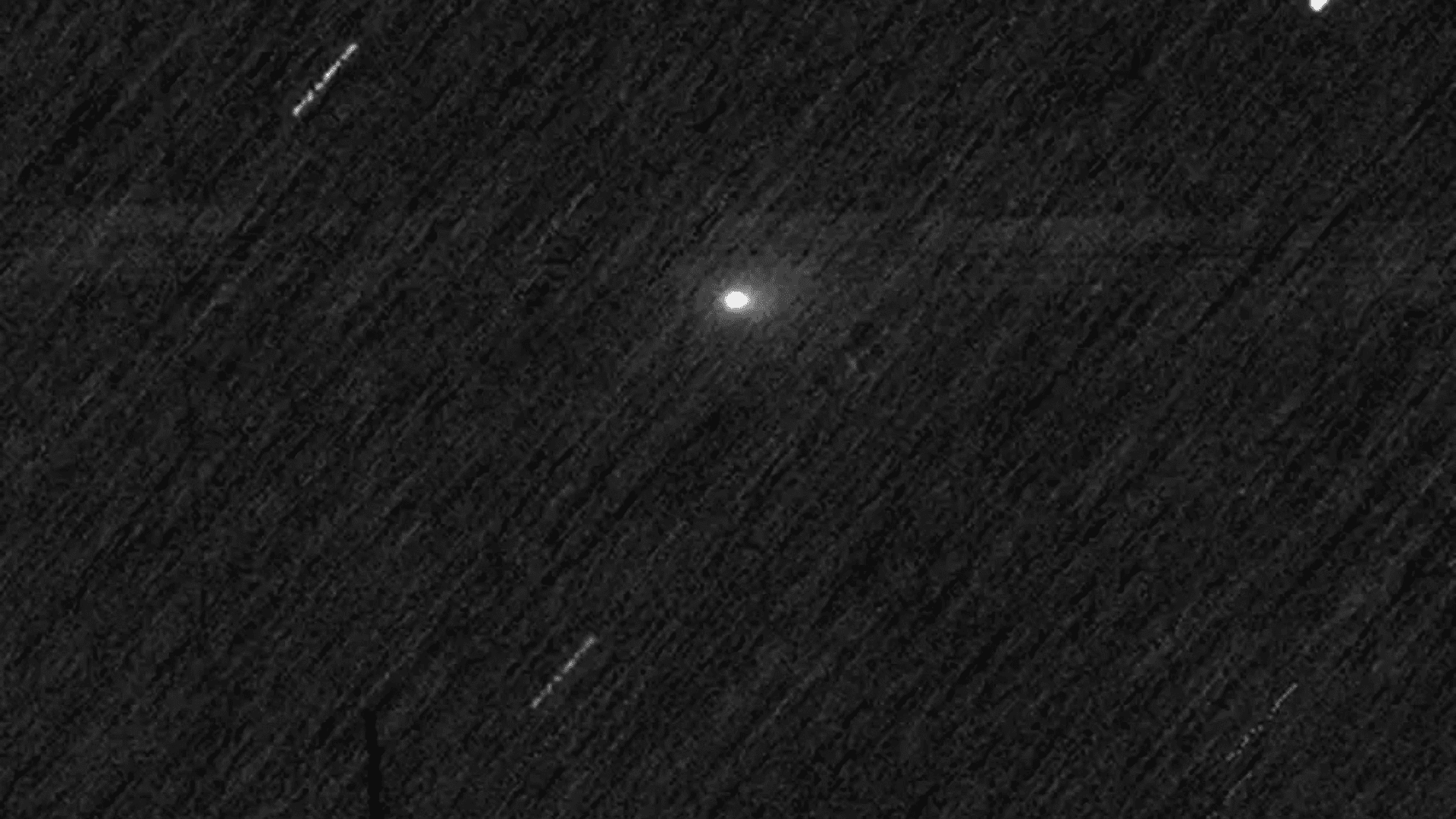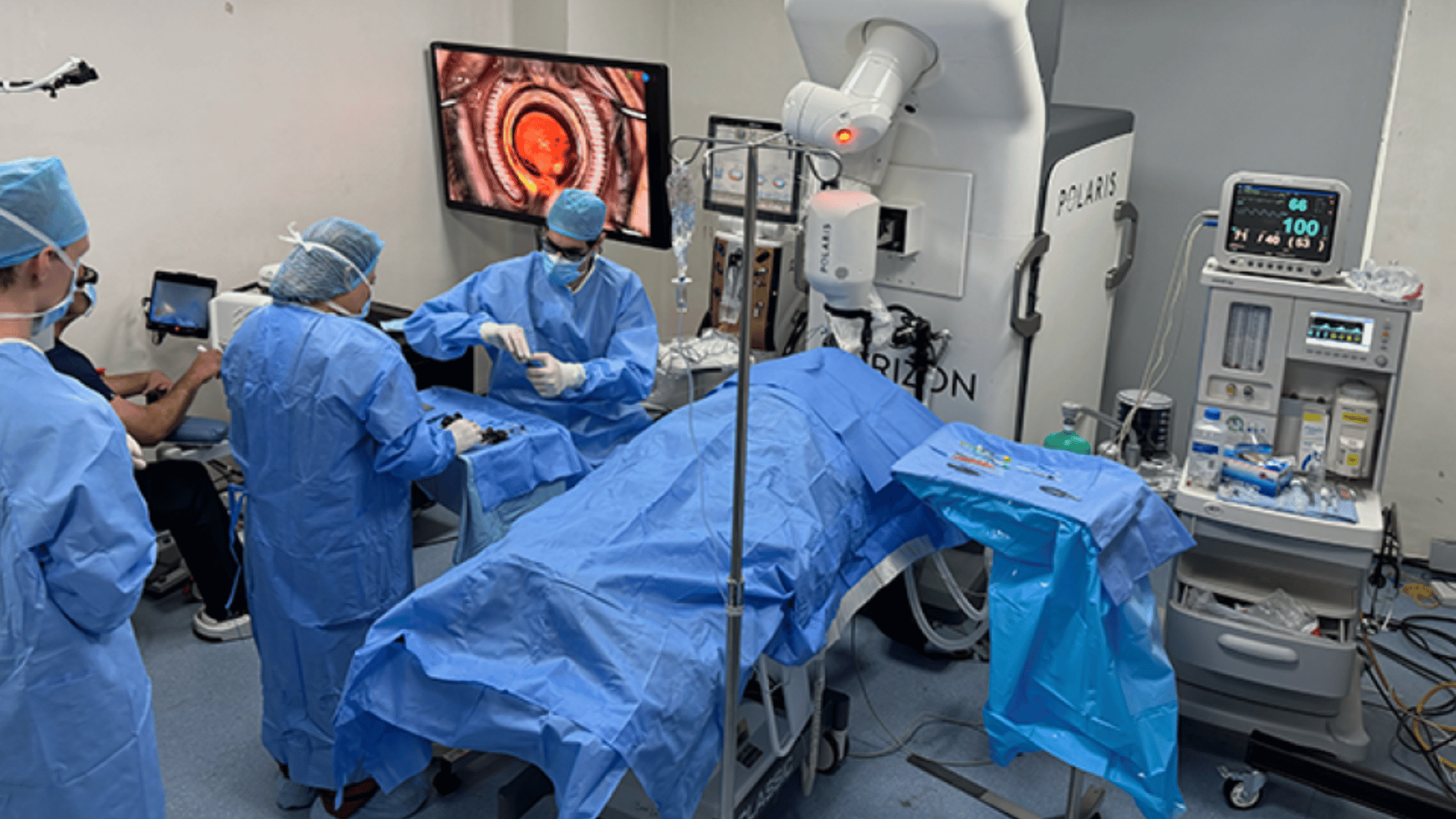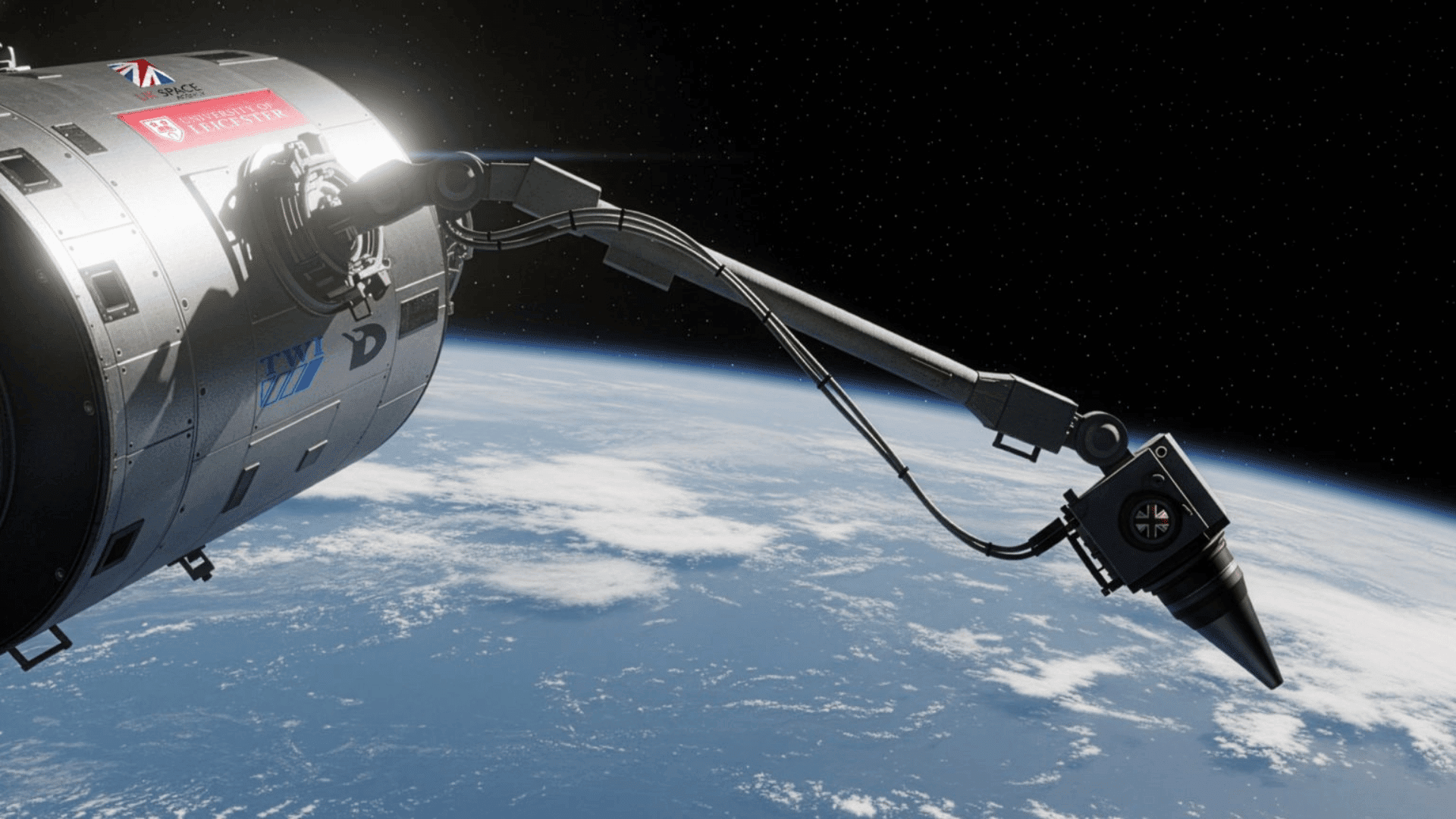The third known interstellar object to ever enter our solar system, a mysterious comet, passed by Mars last week.
A spacecraft orbiting Mars captured images of the comet, known as 3I/ATLAS, on Friday. The photos, which feature a fuzzy white dot moving across space, were released by the European Space Agency on Tuesday.
Mysterious Interstellar Object

The bright dot in the image is the center of the comet, which consists of a nucleus of ice, rock, and dust. The nucleus is covered by a glowing cloud of gas and dust, otherwise referred to as the coma.
First discovered in July, the space object has attracted attention and fueled theories that it could be extraterrestrial in origin. Astronomers believe the comet will orbit through the inner solar system in the weeks ahead and reach its closest point to the sun on or around October 30th.
According to ESA officials, the ExoMars Trace Gas Orbiter, jointly operated by ESA and Russia’s Federal Space Agency, trained its camera on the comet for about a week beginning on October 1st. The comet was approximately 18.6 million miles from the spacecraft.
Though this is a much closer distance than its Earth flyby, the orbiter’s instruments were designed to take photos of the surface of Mars, not distant space objects.
“This was a very challenging observation for the instrument,” Nick Thomas, principal investigator for the spacecraft’s imaging system, said in a statement. “The comet is around 10,000 to 100,000 times fainter than our usual target.”
Astronomers remain eager to study the size and physical properties of the mysterious space object as it passes through our solar system. NASA used the Hubble Space Telescope to monitor the comet during the summer and is planning to make additional observations in the coming months.
According to NASA, the object may become visible to ground-based telescopes again in early December.







